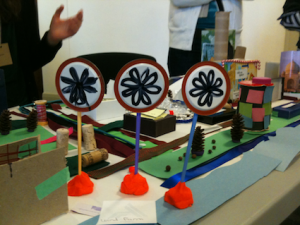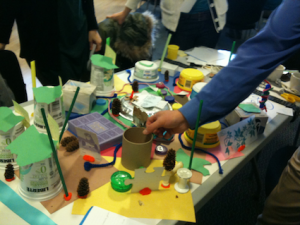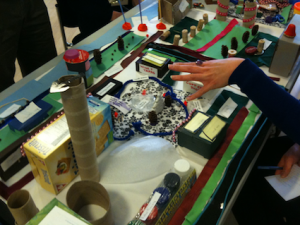Embracing our cities as part of our personal and collective learning journey requires practice. It is not easy work, yet it is essential. Here are some practices we can engage in with self, each other, and our cities to enable ourselves and our cities to be the best they can be:
- Notice y(our) response to the unknown. No matter how hard and smart we work, we can not shake the unknown. The more conscious we are of our inner worlds, the better we are able to serve ourselves, others and our cities well.
- Notice if it is time for change. An essential practice is noticing if the conditions are right for change. If not, be patient, if yes, seek out the ways to influence the conditions for change.
- Seek out freedom, growth and joy for self/city. When we align ourselves with our work, great cities that serve us well will emerge because our work is aligned with our true selves.
- Organize for emergence – fractally. At every scale, from self to planet, we can choose to organize well by sorting out our destination, embracing our learning journey and allowing the city we need to emerge.
- Allow cities to be as good as they can be. When we put our attention on what we want to fix, to where we are, we stay there. When we put our attention to where we want to go, we move in a new direction.
- Perform with purpose. Choose to work with purpose – and with feedback loops that reveal when on/off track. Notice when the wheals are spinning and when there is traction.
- Stop and listen – to Self and city. Break the momentum from time to time and check in with Higher Self, seeking alignment with your work. This serves Self and the city.
- Use ‘not knowing’ purposefully. Seek out the unknown from a positive-feeling stance for the purposes of learning. Noticing what we do not know helps see wrong decisions, ensure we have the information we need and see what needs to be known.
- Create feedback loops. Our city infrastructure is slow to change, but we have the potential to be wonderfully adaptable with that infrastructure. The customized feedback loops emerging with social media are reshaping our view of cities.
- Flexibility rules. Rules have a critical role to play in our world. They are at their healthiest when they align with the purpose they are meant to serve. And those purposes are always changing in response to our changing world.
What practices do you use as you participate in the uneasy journey of our cities? What would you add?
_____ ______ ______
This post forms part of Chapter 4 – An Uneasy Journey, of Nest City: The Human Drive to Thrive in Cities.
Nest City is organized into three parts, each with a collection of chapters. Click here for an overview of the three parts of Nest City. Click here for an overview of Part 2 – Organizing for Emergence, chapters 4-7.


